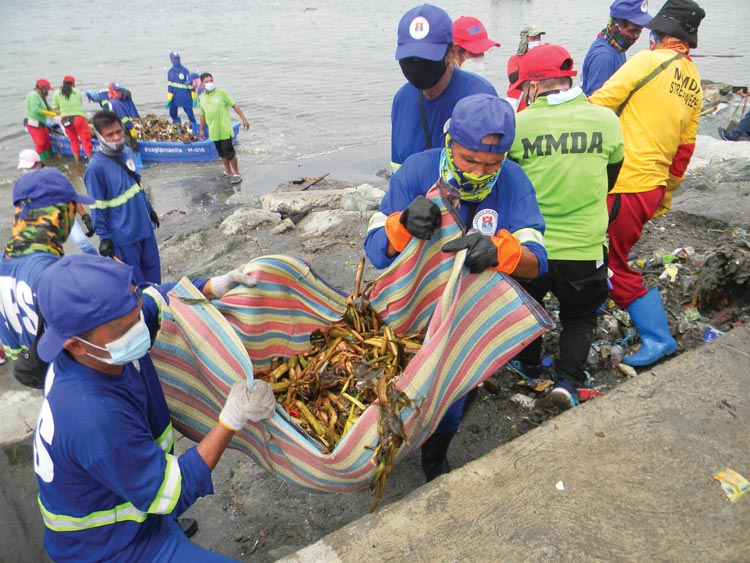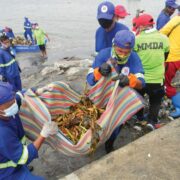
Malacañang maintained that the budget set for the Manila Bay’s rehabilitation program could no longer be realigned to the government’s COVID-19 response.
“Nasimulan na po iyan eh, so kinakailangan tapusin na po iyan. (It has already begun so it has to be completed),” Presidential Spokesperson Harry Roque said on Thursday, October 1.
“And as I said, itong project na ito (this project) was proposed two years ago, included in last year’s budget, and only being implemented,” he added.
According to Roque, the realignment of funds only applies to projects that are yet to start.
“The realignment of funds applies to projects that have not started,” he said.
His statement came after the University of the Philippines Marine Science Institute pointed out that the P389-million project was “costly” and “temporary.”
The institute also said that pouring crushed dolomite along the shore of Manila Bay would not help improve the water quality in the bay.
Roque, in response, came into the defense of the project.
“Iyong budget po kasi diyan, hindi lang siya (The budget appropriated for the project, it’s not just) budget actually for the beach nourishment. It’s actually for the entire program of (the) government in rehabilitating Manila Bay,” Roque stressed.
The Department of Environment and Natural Resources (DENR) on September 3 confirmed that piles of crushed dolomite were being poured on the stretch of Manila Bay’s shore to act as white sand and beautify the area.
The makeover project, which will fill 500 meters of the baywalk with white sand, is covered under the P389-million Manila Bay rehabilitation program launched by Environment Secretary Roy Cimatu in January last year.
Roque earlier said that the white sand project will prevent soil erosion and flooding.
“Itong ginawa po nila, ito po ay tinatawag na beach enhancement, so hindi lang po ito pagpapaganda. Itong beach enhancement pong ito ay para po maiwasan ang soil erosion at para makatulong din po sa flood control (What they’re doing is called beach enhancement, so it’s not just beautification. This beach enhancement is also to prevent soil erosion and help flood control),” he said.






